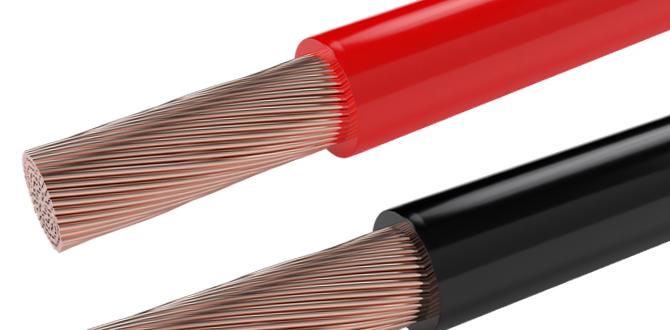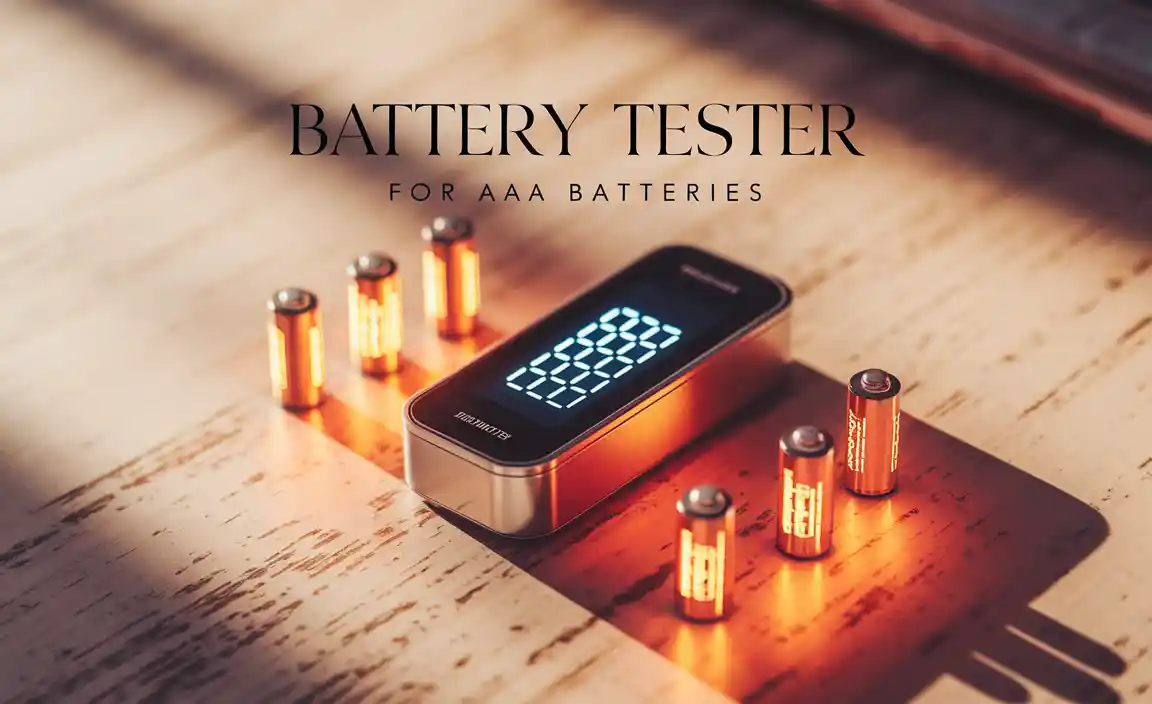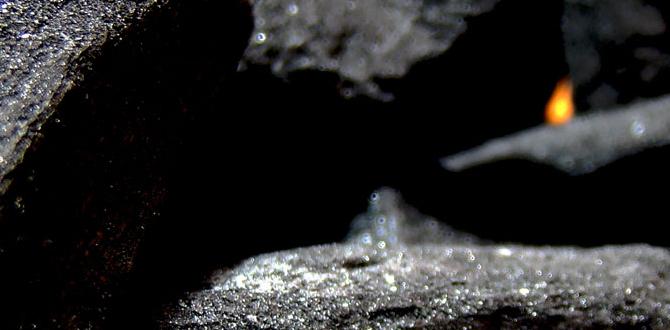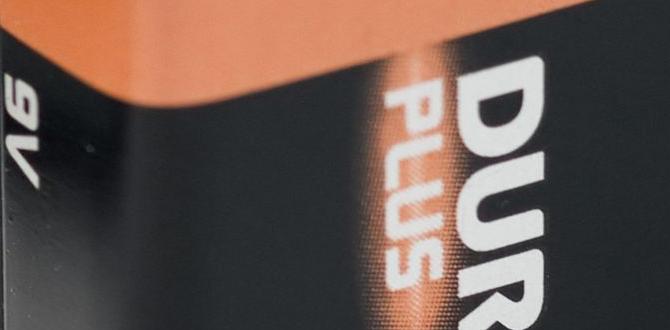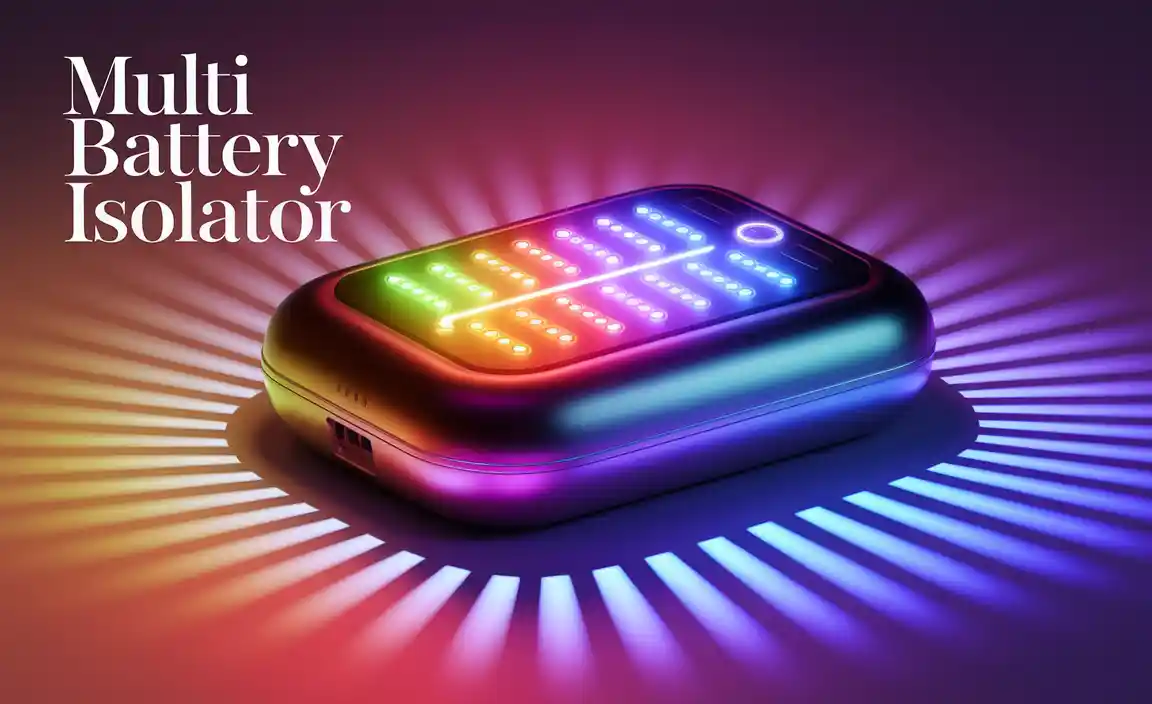Have you ever wondered why some batteries come with extra charges? It sounds puzzling, doesn’t it? This extra charge is called a core charge. Many of us buy batteries without thinking about what this means. However, understanding what a core charge for battery is can save you time and money.
Imagine walking into a store to buy a new battery. You see a price tag that includes the cost of the battery, and then there’s that extra fee. Why does that happen? The core charge is part of the battery recycling process. It’s like a deposit for returning the old battery.
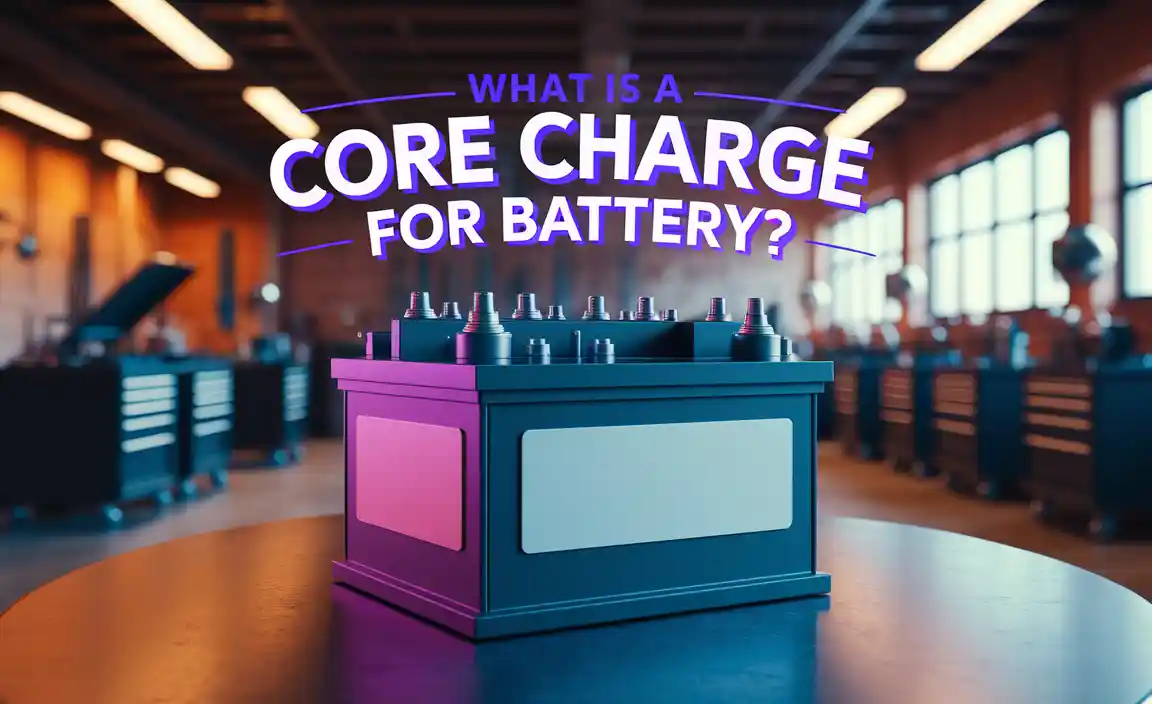
When people trade in their old batteries, they get their core charge back. This encourages recycling and keeps our planet cleaner. Did you know that recycling batteries can help create new ones? Learning about core charges makes you a smarter consumer and a better friend to the Earth!
What Is A Core Charge For Battery? Explained Simply
A core charge for a battery is an extra fee you pay when buying a new battery. When you return your old battery, you get this charge back. It encourages recycling and helps reduce waste. Imagine you buy a toy with a similar deal: when you return the toy, you get money back! This system benefits the environment and ensures old batteries are disposed of safely. Wouldn’t you want to help the planet while saving money?
Understanding Core Charge
Definition of core charge. Purpose of core charge in the battery industry.
A core charge is a fee charged when buying a new battery. It is like a deposit. You pay this amount to encourage the return of old batteries for recycling. This helps the environment.
- It protects resources by recycling.
- It reduces pollution by keeping old batteries out of landfills.
- The charge helps in making new batteries.
The core charge also supports battery stores to manage their stock better. Returning used batteries can even get you money back, which is a nice bonus!
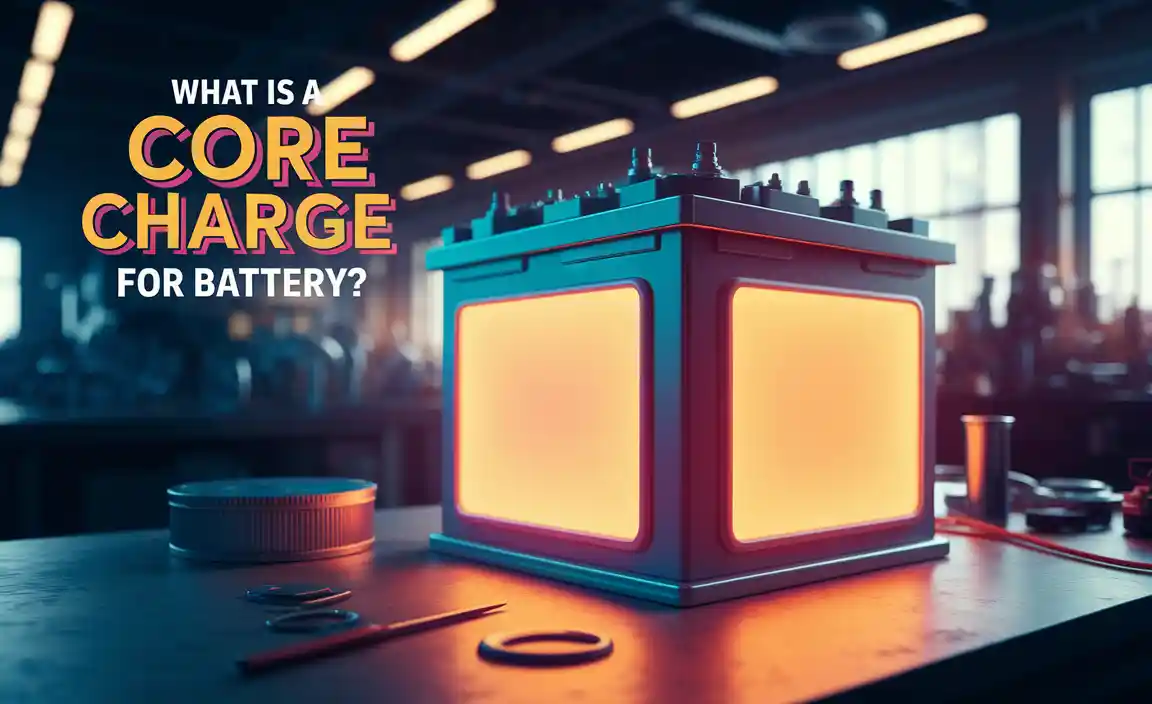
What happens to returned batteries?
Returned batteries are recycled properly. This process helps retrieve valuable materials. These materials can be used to create new batteries, reducing waste and saving energy.
The Importance of Core Charges
Environmental impact and recycling. Financial benefits for consumers and manufacturers.
Core charges play a big role in protecting our planet. They encourage people to recycle batteries instead of tossing them in the trash. This helps the environment by keeping harmful materials out of landfills. Also, when you bring in used batteries, you can save money. Consumers often get back cash, while manufacturers can lower costs. It’s a win-win—good for your wallet and the Earth! Who knew saving the planet could be so rewarding?
| Benefit | Impact |
|---|---|
| Environmental Protection | Less pollution in landfills |
| Financial Savings | Cash back for consumers |
| Manufacturing Costs | Reduced material expenses |
How Core Charges Work
Process of core charge application. Refund process for returned batteries.
A core charge happens when you buy a battery. It means you pay extra money until you return your old battery. Here’s how it works:
- Your new battery comes with a core charge added to the price.
- When you return your old battery, you get a refund of the core charge.
- Keep your receipt safe; it is needed for the refund.
This process helps recycle old batteries. It encourages everyone to bring back their used batteries.
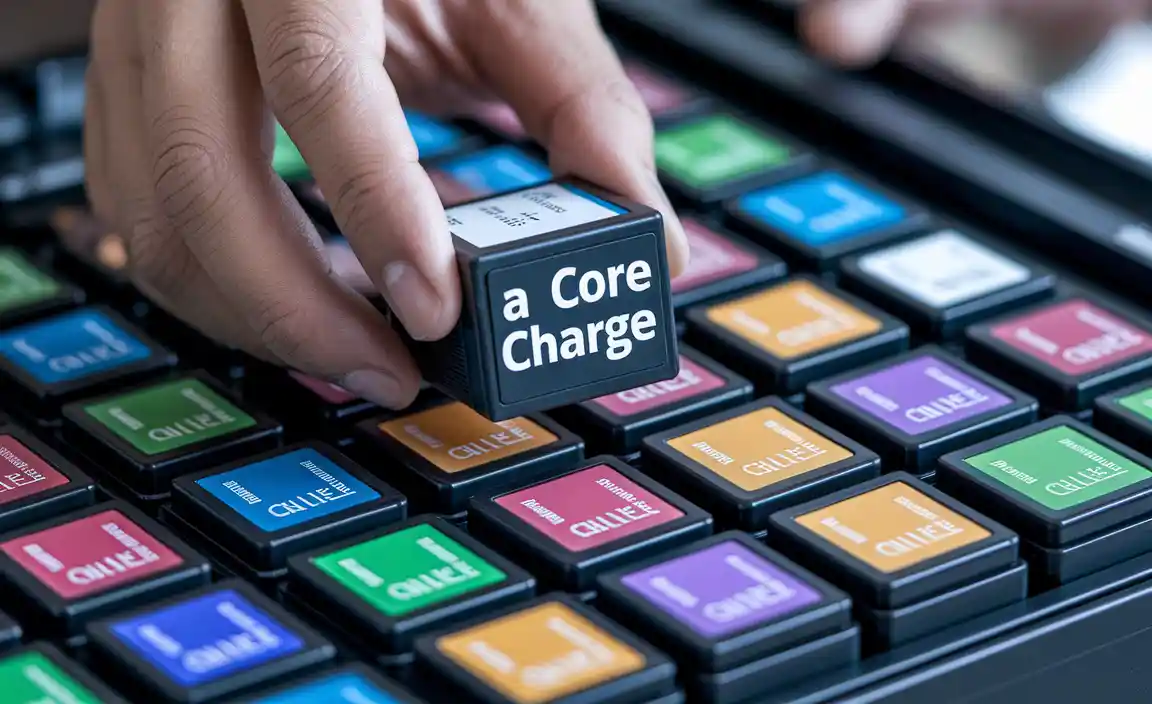
What happens to the money when I return the battery?
Your money is refunded back to you once the old battery is returned. This way, you not only save money but also help the environment.
Core Charge vs. Battery Price
Breakdown of costs associated with battery purchases. Explanation of how core charge is factored into overall pricing.
When buying a battery, prices can seem puzzling. The final cost includes the battery price plus a core charge. A core charge is an extra fee added if you don’t return your old battery. Think of it as a “battery deposit!” This encourages recycling. Without returning the old battery, you’ll pay around $10-$15 more. Here’s a quick breakdown:
| Item | Cost ($) |
|---|---|
| New battery | 100 |
| Core charge | 15 |
| Total cost | 115 |
This little extra helps keep our planet clean and may save you money if you’re a good battery recycler! Humorously, it’s like paying for a concert ticket but only getting in if you return the chair!
Common Myths About Core Charges
Misconceptions about core charges. Clarification of common misunderstandings.
Many people believe that core charges are just another sneaky extra fee, but that’s not true. A core charge is a deposit you pay when buying a new battery. You get it back when you return your old battery. Some think you can’t get your money back, but that’s a myth! The reality is that returning your old battery can make you feel like a recycling hero. Talk about saving the planet!
| Myth | Truth |
|---|---|
| Core charges are stealing your money. | It’s a deposit that you get back. |
| You can’t return a battery. | Most places accept old batteries. |
So, next time, don’t frown at that core charge. Embrace it! You might just become the battery-saving superstar of your neighborhood.
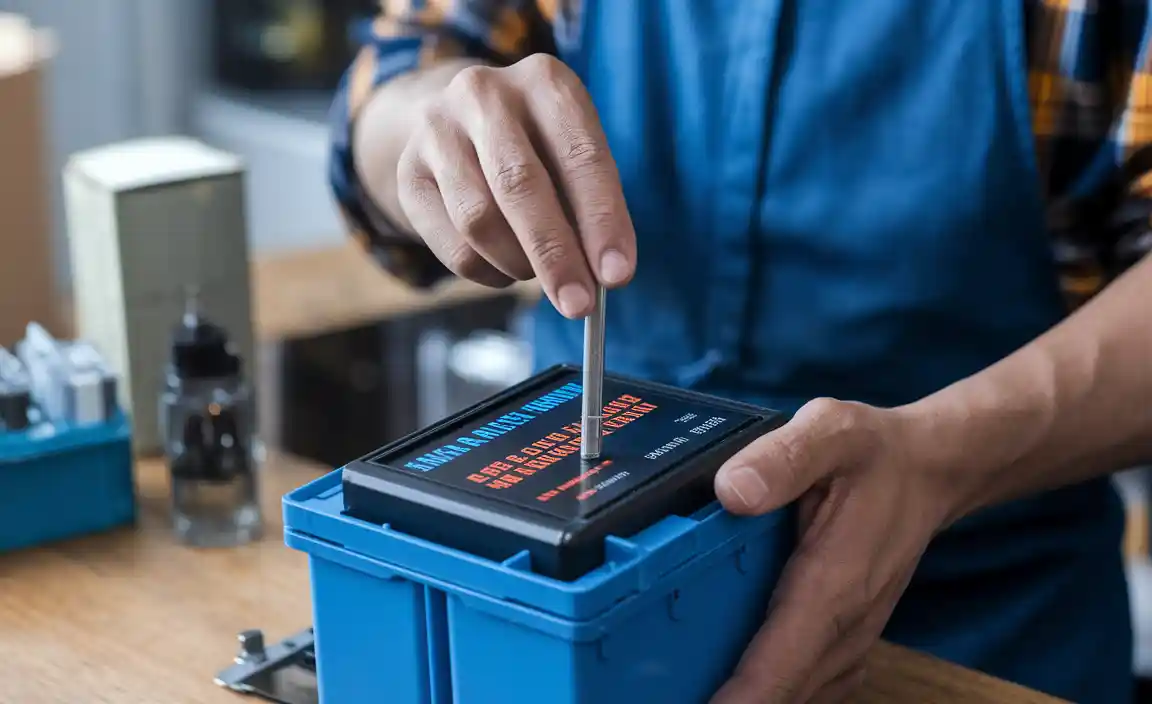
Factors Affecting Core Charge Amounts
Types of batteries and corresponding core charges. Regional variations in core charge policies.
A few things can change how much you pay for a core charge. First, the type of battery matters. Lead-acid batteries often have higher charges than lithium ones. Then you have regional differences. Different areas have different rules about core charges. For example, states might charge more due to recycling programs. It’s like having your favorite candy at different prices—some places just like to add a bit more for fun!
| Battery Type | Typical Core Charge |
|---|---|
| Lead-Acid | $10 – $20 |
| Lithium-Ion | $5 – $15 |
How to Return a Battery for Core Credit
Steps for returning a used battery. Documentation needed for core charge refund.
Returning a battery for core credit is simple. Follow these steps to make it easy. First, find your receipt. It proves you bought the battery. Next, gather the old battery to return. Then, visit the store where you bought it. They will check the battery and your receipt. Finally, get your core charge refund on the spot!
What documents do I need?
You need just a few things:
- Receipt for the battery purchase
- Old battery you’re returning
Best Practices for Consumers
Tips for choosing batteries with the best core charge value. Importance of returning old batteries for core credit.
Choosing the right batteries can save you money and help the planet. Look for batteries with a high core charge value. This means they can provide more power. Always return your old batteries for core credit. This not only helps you get money back but also keeps harmful materials out of landfills.
- Read labels to find battery core charge information.
- Ask for recommendations from store staff.
- Consider recycling programs for outdated batteries.
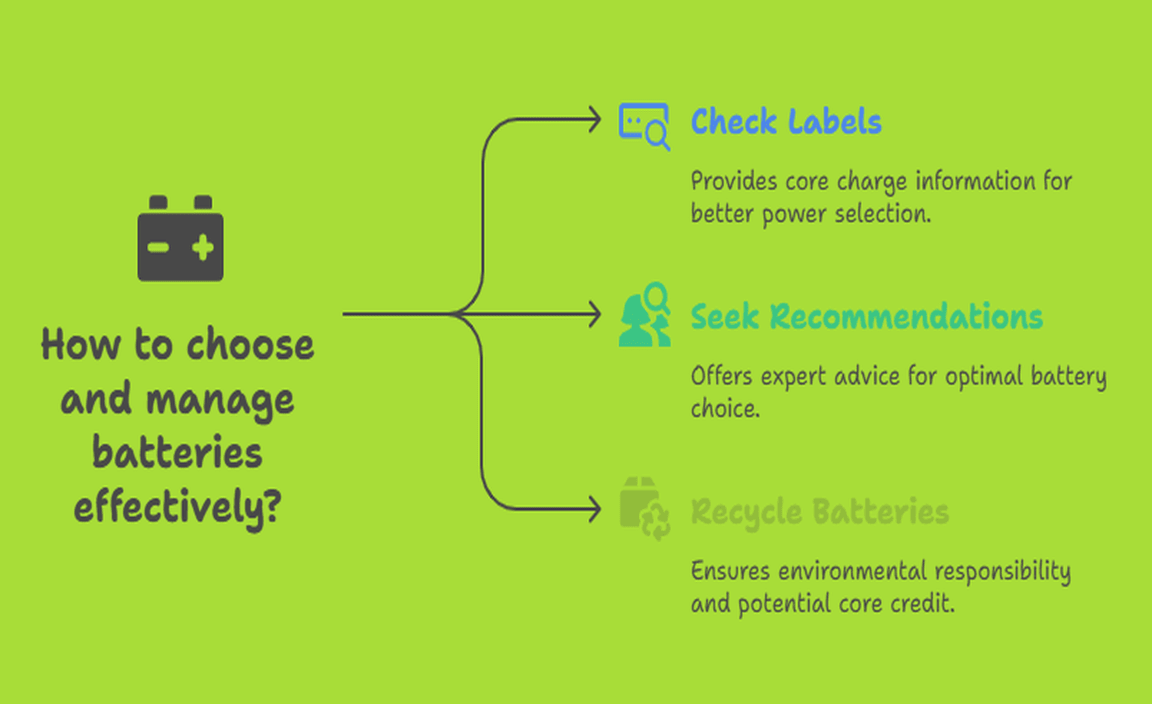
Why should you return old batteries?
Returning old batteries matters. It helps get refunds or discounts on new batteries. Plus, it prevents pollution and supports recycling efforts.
Conclusion
A core charge for a battery is a fee you pay when buying a new battery. This charge encourages you to return your old battery for recycling. By doing this, you help the environment and possibly get money back. Remember, always check for core charges when shopping for batteries! For more details, you can read about battery recycling today.
FAQs
What Is The Purpose Of A Core Charge When Purchasing A Battery?
A core charge is an extra fee when you buy a new battery. This money helps recycle your old battery. When you return your old battery, you get your core charge back. This keeps our environment clean by making sure batteries are disposed of properly. So, it’s a way to help the planet while getting a new battery!
How Does A Core Charge Incentivize Recycling Of Old Batteries?
A core charge is extra money you pay when you buy a new battery. This money helps you remember to bring back your old battery. When you return the old battery, you get that money back. This encourages people to recycle because they can save money and help the environment. Recycling old batteries keeps harmful things out of nature!
What Types Of Batteries Typically Have A Core Charge Associated With Them?
Batteries that usually have a core charge are car batteries and lead-acid batteries. When you buy a new one, you often pay extra. This extra money is called a core charge. It encourages you to return your old battery. This way, we can recycle and help the Earth!
How Can Consumers Get Their Core Charge Refunded After Returning An Old Battery?
To get your core charge refunded after returning an old battery, take the old battery to the store where you bought the new one. Show your receipt, so they can see you bought the new battery there. The store staff will check the old battery and give you your refund. It’s usually added back to your payment method, like your credit or debit card. Always keep your receipt safe to make the process easy!
What Happens To The Old Batteries Collected As Part Of The Core Charge Program?
When you bring old batteries to be recycled, we collect them safely. These batteries are sent to special places that know how to recycle them. They take apart the batteries and reuse the materials inside. This helps to make new batteries and keeps the environment clean. So, your old batteries get a brand-new life!
{“@context”:”https://schema.org”,”@type”: “FAQPage”,”mainEntity”:[{“@type”: “Question”,”name”: “What Is The Purpose Of A Core Charge When Purchasing A Battery? “,”acceptedAnswer”: {“@type”: “Answer”,”text”: “A core charge is an extra fee when you buy a new battery. This money helps recycle your old battery. When you return your old battery, you get your core charge back. This keeps our environment clean by making sure batteries are disposed of properly. So, it’s a way to help the planet while getting a new battery!”}},{“@type”: “Question”,”name”: “How Does A Core Charge Incentivize Recycling Of Old Batteries? “,”acceptedAnswer”: {“@type”: “Answer”,”text”: “A core charge is extra money you pay when you buy a new battery. This money helps you remember to bring back your old battery. When you return the old battery, you get that money back. This encourages people to recycle because they can save money and help the environment. Recycling old batteries keeps harmful things out of nature!”}},{“@type”: “Question”,”name”: “What Types Of Batteries Typically Have A Core Charge Associated With Them? “,”acceptedAnswer”: {“@type”: “Answer”,”text”: “Batteries that usually have a core charge are car batteries and lead-acid batteries. When you buy a new one, you often pay extra. This extra money is called a core charge. It encourages you to return your old battery. This way, we can recycle and help the Earth!”}},{“@type”: “Question”,”name”: “How Can Consumers Get Their Core Charge Refunded After Returning An Old Battery? “,”acceptedAnswer”: {“@type”: “Answer”,”text”: “To get your core charge refunded after returning an old battery, take the old battery to the store where you bought the new one. Show your receipt, so they can see you bought the new battery there. The store staff will check the old battery and give you your refund. It’s usually added back to your payment method, like your credit or debit card. Always keep your receipt safe to make the process easy!”}},{“@type”: “Question”,”name”: “What Happens To The Old Batteries Collected As Part Of The Core Charge Program? “,”acceptedAnswer”: {“@type”: “Answer”,”text”: “When you bring old batteries to be recycled, we collect them safely. These batteries are sent to special places that know how to recycle them. They take apart the batteries and reuse the materials inside. This helps to make new batteries and keeps the environment clean. So, your old batteries get a brand-new life!”}}]}
Resource:
-
Battery recycling process: https://www.epa.gov/recycle/used-household-batteries
-
Lead-acid battery environmental impact: https://www.batteryuniversity.com/learn/article/environmental_concerns
-
Recycling incentives and regulations: https://www.call2recycle.org/
-
How manufacturers reuse battery materials: https://www.energy.gov/eere/vehicles/articles/fact-960-august-7-2017-materials-recovery-vehicle-batteries

